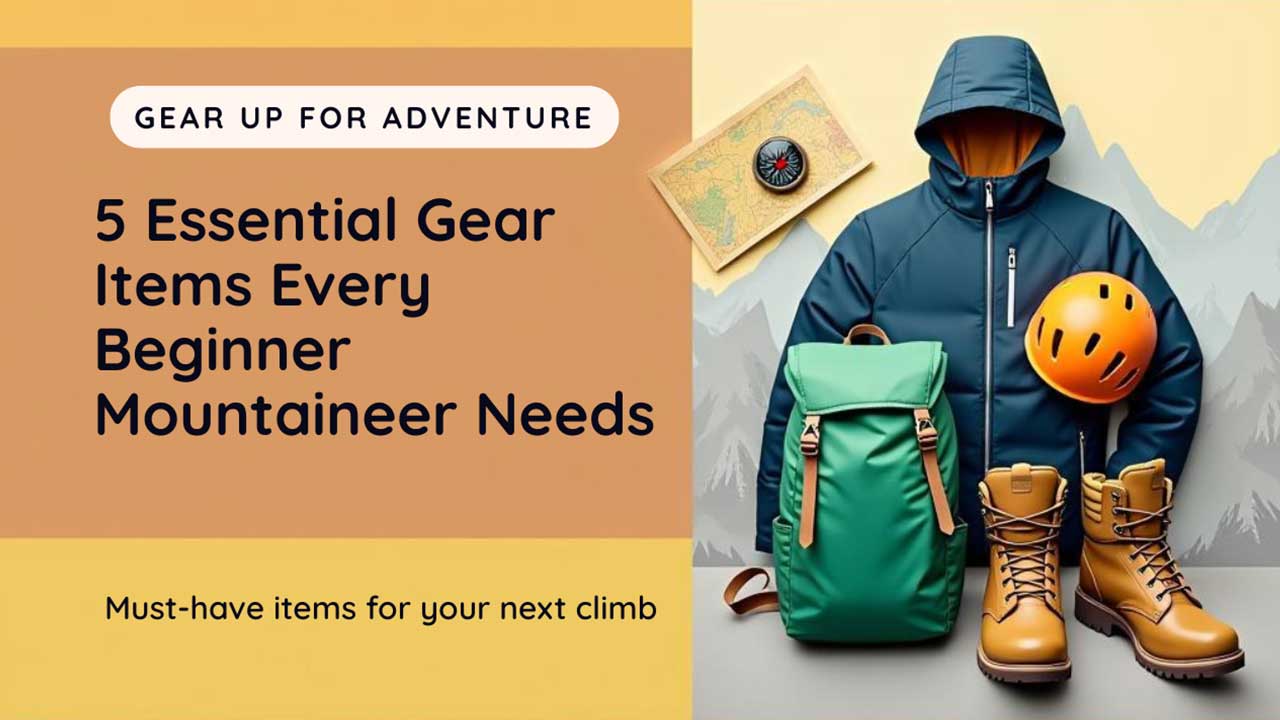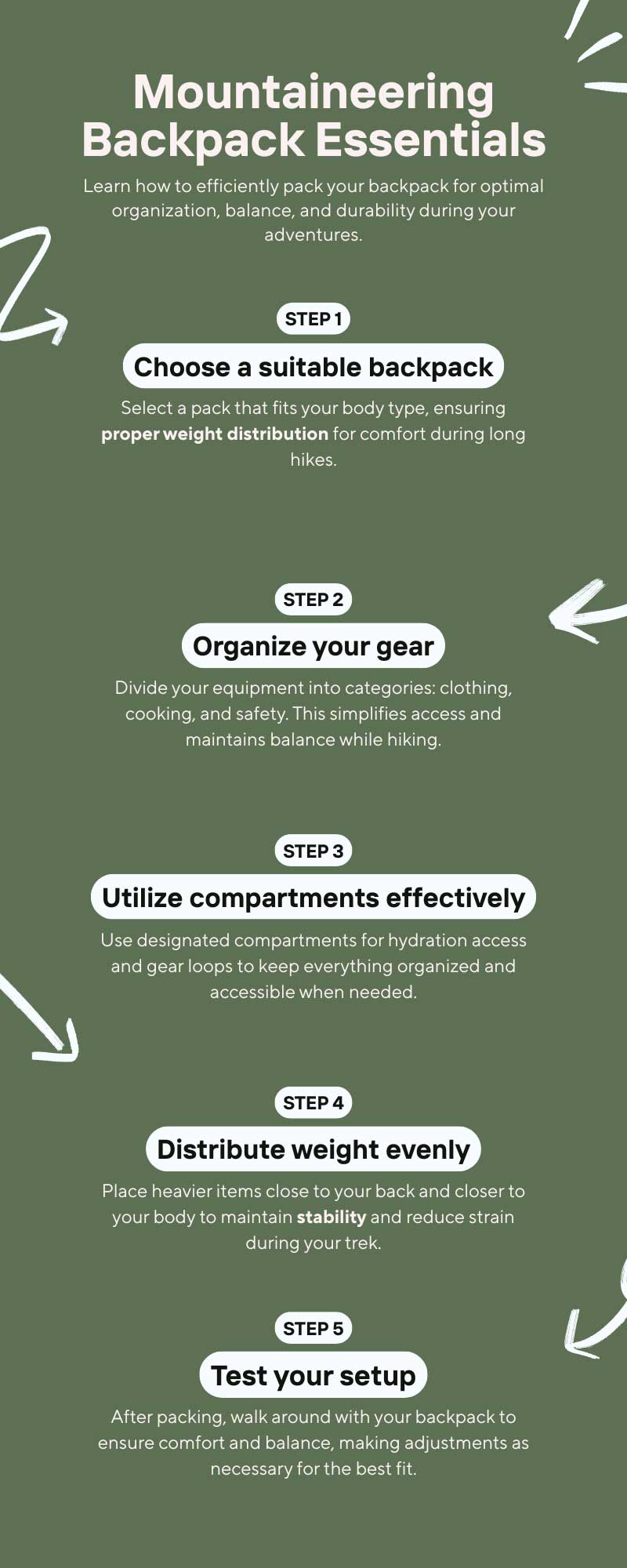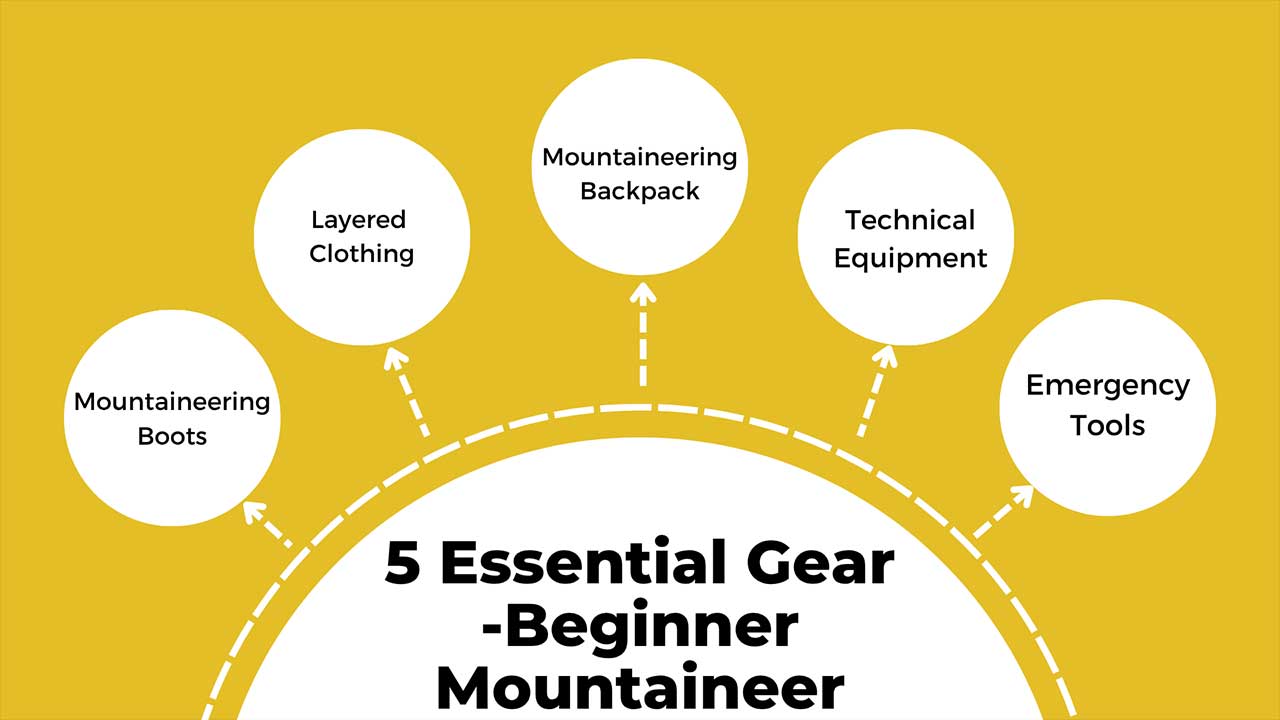5 Essential Gear Items Every Beginner Mountaineer Needs
Blogs
Introduction
Embarking on your first mountaineering expedition is both thrilling and overwhelming. The towering peaks, rugged trails, and unpredictable weather demand not only courage but also the right equipment. As a beginner mountaineer, the right gear can be the difference between a memorable adventure and a dangerous ordeal.
In this article, we break down the 5 essential gear items every novice climber should carry. These are the non-negotiables that will set you up for safety, comfort, and success in the mountains.
1. Mountaineering Boots – Your Foundation in the Mountains
Why It Matters:
Your feet are your most important asset on any expedition. Without proper support, insulation, and grip, every step becomes a risk.
What to Look For:
- Insulation: Keeps your feet warm in sub-zero conditions
- Waterproofing: Protects against snow, slush, and glacier melt
- Ankle Support: Reduces strain and protects from injury
- Crampon Compatibility: Essential for snow and ice terrain
Recommended For Beginners:
- La Sportiva Nepal Evo GTX
- SCARPA Mont Blanc Pro GTX
ADA Tip: Break in your boots on local hikes before your big climb. Never wear brand-new boots at altitude!
2. Layered Clothing System – Stay Warm, Dry & Adaptable
Why It Matters:
Weather in the Himalayas can shift rapidly—from sunny to snowstorm in hours. A good layering system or layered clothing keeps your body temperature regulated.
Three Essential Layers:
- Base Layer (moisture-wicking): Synthetic or merino wool
- Insulation Layer (heat retention): Fleece or down jacket
- Outer Shell (protection): Waterproof & windproof (Gore-Tex preferred)
Must-Have Items:
- Down jacket rated for sub-zero temperatures
- Hardshell waterproof jacket with sealed seams
- Thermal innerwear and trekking pants
ADA Tip: Avoid cotton—once wet, it drains body heat quickly and can lead to hypothermia.
3. Mountaineering Backpack – Organized, Balanced & Durable

Why It Matters:
Your backpack holds your lifeline—clothing, food, water, shelter, and safety gear. It must distribute weight evenly and be easy to carry over long distances.
Key Features:
- Capacity: 50–65 litres for beginners
- Support Frame: Internal frame for load stability
- Multiple Compartments: Easy access to essentials
- Hydration System Compatibility: Bonus for staying hydrated
Recommended Brands:
- Deuter Aircontact
- Osprey Aether or Ariel Series
ADA Tip: Practice packing and adjusting your backpack before your trip. Distribute heavy items near your back for balance.
4. Technical Equipment – Safety First
Why It Matters:
Even beginner routes may require ropework or crossing snowfields. Basic technical gear ensures you’re prepared for sudden challenges.
Essentials Include:
- Climbing Helmet: Protects from falling debris and slips
- Climbing Harness: For glacier travel and roped ascents
- Crampons & Ice Axe: For walking safely on snow and ice
- Carabiners & Belay Device: Basic protection and climbing control
ADA Tip: Always learn proper usage from certified guides or at a basic mountaineering course before venturing out.
5. Navigation and Emergency Tools – Your Backup Lifeline
Why It Matters:
When GPS fails, batteries die, or trails vanish under snow, traditional tools can save your life.
Must-Carry Items:
- Map & Compass (and how to use them)
- Headlamp with Extra Batteries
- Multi-tool or Swiss Army Knife
- Whistle, Duct Tape & First Aid Kit
- Personal Locator Beacon (PLB) for remote expeditions
ADA Tip: Never rely on smartphones alone. Always have analog backups for navigation and communication.

Bonus: Rent vs. Buy for Beginners
Not sure whether to invest yet? Here’s a quick guide:
| Item | Buy | Rent (if available) |
|---|---|---|
| Boots | ✅ Yes – Fit is critical | ❌ Not recommended |
| Backpack | ✅ Yes – Personalized load | ❌ Rarely rented |
| Technical Gear | ❌ Try first, then buy | ✅ Good for testing |
| Clothing Layers | ✅ Hygiene & fit matters | ❌ Avoid renting |
Final Thoughts
The right gear gives you confidence, safety, and the endurance to enjoy your first mountaineering experience. Don’t cut corners—invest in quality, train with your equipment, and prepare smartly.
At Ascent Descent Adventures, we offer gear consultations, basic mountaineering courses, and curated treks to help beginners like you transition into confident climbers.
Related Resources:
- Basic Mountaineering Course – ADA
- Mountaineering Equipment Hire
- Beas Kund Trek – Great for Beginners
- Hampta Pass Trek
Recommended Read for Gear & Equipment:
- 5 Budget Gear Recommendations for First-Time Climbers
- 5 Mistakes to Avoid When Buying Mountaineering Gear
- 5 Must-Have Layers for Staying Warm Above 4,000 Meters
- 5 Basic Tools You Should Know How to Use in the Mountains